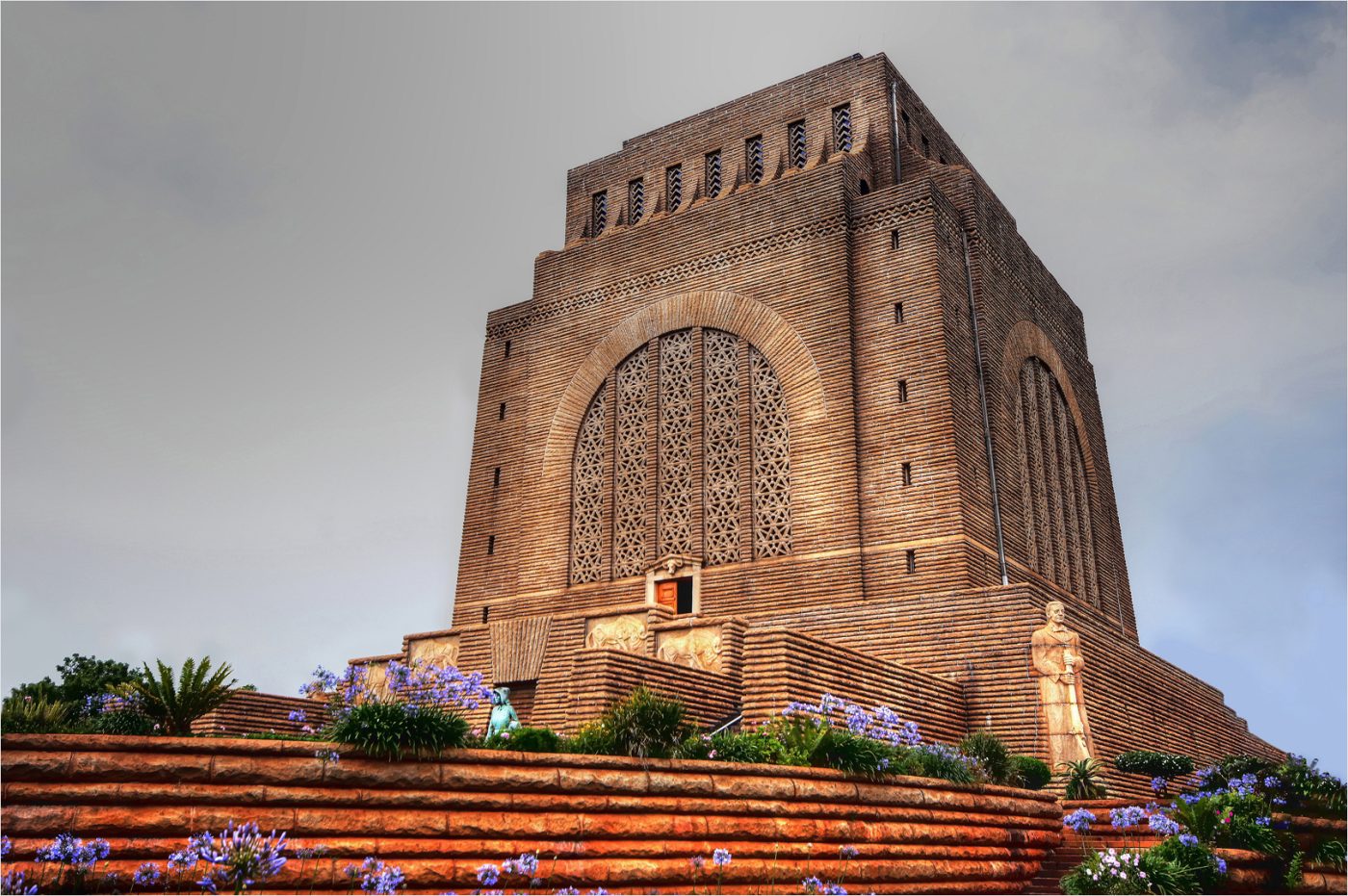The Voortrekker Monument, a towering edifice that stands proud and tall, is testament to the history and culture of South Africa. Located just outside Pretoria, it sits atop a gentle hill, surrounded by the lush greens of a nature reserve. This magnificent structure honors the Voortrekkers, brave pioneers who ventured into the unknown searching for new lands and opportunities while fighting for their independence against British Colonialism.
The Great Trek
The Voortrekkers were Dutch settlers who, dissatisfied with British colonial rule in the Cape Colony, embarked on the Great Trek between 1835 and 1854. This epic journey took them northward, into the interior of South Africa. They faced numerous hardships, including conflicts with indigenous tribes and harsh natural conditions. Overcoming obstacles, they pressed on, driven by their unquenchable quest for independence.
A Monument to Pioneers
The Voortrekker Monument was designed to commemorate the courage and resilience of these pioneers. Its construction began in 1938 and was completed in 1949. The monument’s architecture is a blend of Dutch and Afrikaner styles, reflecting the heritage of the Voortrekkers.
Designed by the visionary architect Gerard Moerdijk, the Voortrekker Monument was inaugurated in 1949 with a clear purpose in mind – to preserve the history and significance of the Great Trek for generations to come.
Key Features of the Monument
- Hall of Heroes: This impressive chamber houses the world’s largest marble frieze, depicting scenes from the Great Trek.
- Cenotaph Hall: This solemn space honors the Voortrekkers who lost their lives during the journey. It features a tapestry with over three million stitches.
- Flame of Remembrance: A perpetual flame burns at the top of the monument, symbolizing the enduring spirit of the Voortrekkers.
A Controversial Symbol of Resilience
While the Voortrekker Monument is a significant landmark, it has also been a source of controversy. Some critics argue that it glorifies a history that involved the displacement and subjugation of indigenous peoples. Others defend it as a symbol of South Africa’s heritage and a tribute to the pioneers who shaped the nation.
A Living Legacy
Despite the controversies surrounding the monument, it remains a popular tourist attraction and a symbol of South Africa’s complex history. Visitors from around the world come to admire its architecture, learn about the Great Trek, and reflect on the nation’s past and future.




2025-08-04 at 15:06
I have been exploring for a bit for any high quality articles or blog posts on this kind of area . Exploring in Yahoo I at last stumbled upon this web site. Reading this info So i am happy to convey that I have a very good uncanny feeling I discovered just what I needed. I most certainly will make certain to don’t forget this site and give it a glance on a constant basis.
2025-08-11 at 04:29
Thank you very much. Glad you enjoyed it. What reading was of the most value to you, and what kind of content would you like to see somewhere in the future?